Chrysanthemum in a pot: care and growing indoors

Chrysanthemum is considered a rather beautiful and easy-to-care perennial plant. These flowers can be grown not only in the garden, but also at home using pots for this purpose.
Content:
Basic care
Chrysanthemum is quite unpretentious to care. These flowers love fresh air and coolness, so the best place to grow them is considered to be a balcony. If flowers are grown in a room, it is necessary to ventilate the room more often. Chrysanthemums tolerate cold well, but do not freeze them.
Elevated temperatures have a detrimental effect on chrysanthemums; the flower stops blooming and begins to fade before our eyes, therefore, when growing chrysanthemums at home, it is recommended to maintain a temperature regime not exceeding +15 oC. It is necessary to shade the flower from the sun, but do not completely isolate it from sunlight, which is necessary for the buds to open.
Chrysanthemum is a moisture-loving plant, from which it follows that the soil should be moist, but do not overdo it, do not allow the soil to become damp. It is enough to water the flowers twice a week in the evening so that the leaves have time to dry before sunrise. You can refresh the plant using a spray bottle. This method is one of the main points in caring for chrysanthemums in pots.It is recommended to remove (cut) faded stems.
At chrysanthemum care at home, do not forget about replanting the flower. It is recommended to replant young plants once a year, and older plants once every two years.
To grow chrysanthemums there is no need to select a special soil composition. It is enough to mix sand, humus and turf (sand makes up no more than 20% of the total mass). To improve flowering, it is recommended to add bird droppings to the soil.
Propagation of indoor chrysanthemums
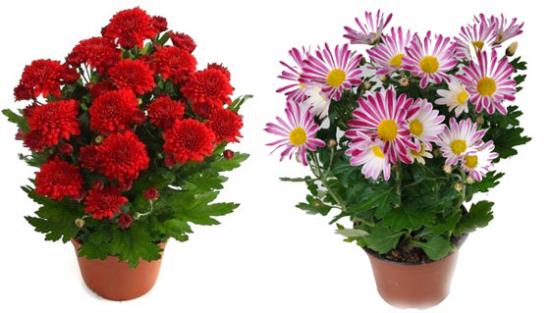
Propagation of chrysanthemums indoors occurs in two ways:
- By division
- By cuttings
The first method is considered the simplest. From the moment the shoots have entered the stage of active growth, division can begin. In the spring, you can get up to 6 young shoots from one chrysanthemum bush. To separate the shoots, you need to remove the plant from the pot, carefully separate the shoots (each should have a root) and transplant them into pots filled with fertile soil. After transplanting, the plants need to be watered.
Cuttings are considered a longer process that requires additional labor costs. From the main bush cuttings are separated about 10 cm long, which are planted in the soil. It is recommended to root cuttings in the shade, after covering them with glass or film. Do not allow the room temperature to rise above 20 °C. After the roots appear, the cuttings can be transplanted from disposable cups into pots. The volume of the pot should not exceed 200 g.
Before planting in pots, the cuttings must be dipped in wood ash or coal powder; you do not need to spray them. To shape the bush, it is recommended to pinch the plant.
During the period of flower growth, it is recommended to periodically water and spray them. If the plant does not branch, it is recommended to pinch the top. After this manipulation, the plant will begin to produce lateral shoots. It is recommended to support the plant by tying them to stakes. After the flowers have taken root, there is no need to spray them, because They tolerate dry room air without any problems.
Subtleties of autumn flower care
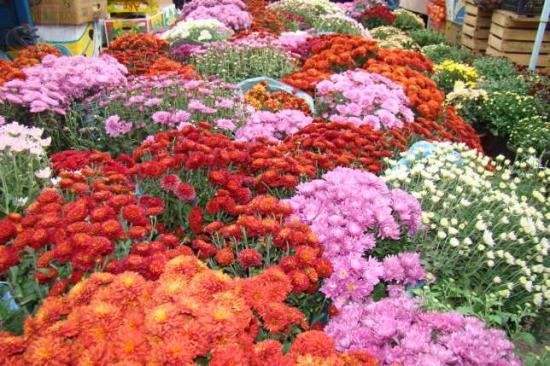
Starting in autumn, chrysanthemums need feeding. First of all, treatment with an organophosphate insecticide is recommended. Treatment must be carried out three times with an interval of 4 days. After this, you can fertilize in the form of phosphorus and potassium (once every 10 days). Flowers do not need frequent watering. It is enough to water once every few days after the top layer of soil (2 cm) has dried.
It is recommended to carry out transshipment at the end of September. To do this, it is necessary, without breaking the main earthen lump, to lightly shake the ground so that the ends of the roots are exposed. After this, you can safely replant the flowers into pots with a volume of 1 liter. It is worth noting the fact that drainage in pots is required.
In the autumn, special attention should be paid to inspecting the bushes. Like all plants xrhizanthemums are susceptible to diseases and pest attacks. At this time of year, aphids can enter the room through the window. You can get rid of mites and aphids using a solution of pyrethrum and soapy water.
To prepare it, you need to dissolve 200 grams of pyrethrum powder in 10 liters of water. This solution must be infused for at least 12 hours. You can also use products designed specifically to kill these pests.
Chrysanthemum bushes bloom in October and can last until mid-January. It is recommended to remove faded flowers. After the first wave of flowering has ended, the flowers need rest. To do this, it is recommended to place the plant in a dark, cool place.
The ideal solution to this issue would be a basement. It is in such a room that you can leave the plant so that it can gain strength. Don't forget to water the plant so it doesn't dry out. At this time, the chrysanthemum will prepare for the spring period and gain strength for active reproduction. After some time, you can cut new cuttings.
Chrysanthemums may begin to bloom again in February. At the same time, shoots formed from the roots begin to grow.
If you follow these simple rules, you can be confident in the normal growth and flowering of your favorite flowers.
Video about caring for indoor chrysanthemums:
Interesting information about the vegetable garden

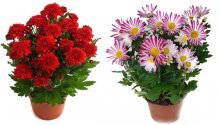
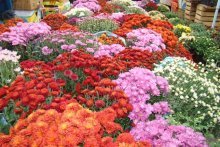
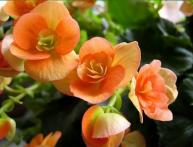
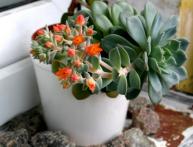
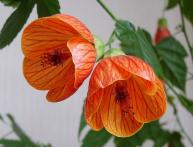
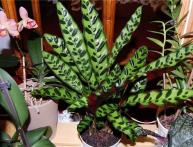
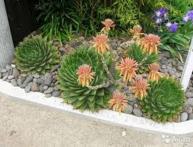
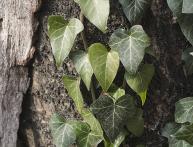
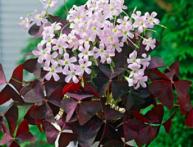

Comments
And my chrysanthemum, unfortunately, died. They left the pot on the balcony for the winter, and after that it didn’t bloom. Maybe there are some other special tricks for wintering these plants for those who live in high-rise buildings and do not use basements?
I do not recommend leaving chrysanthemums on the balcony in severe frosts. It is better to keep it on the windowsill in the apartment, just choose the lightest one for this. It is highly advisable to trim off faded buds, leaves and dry branches.